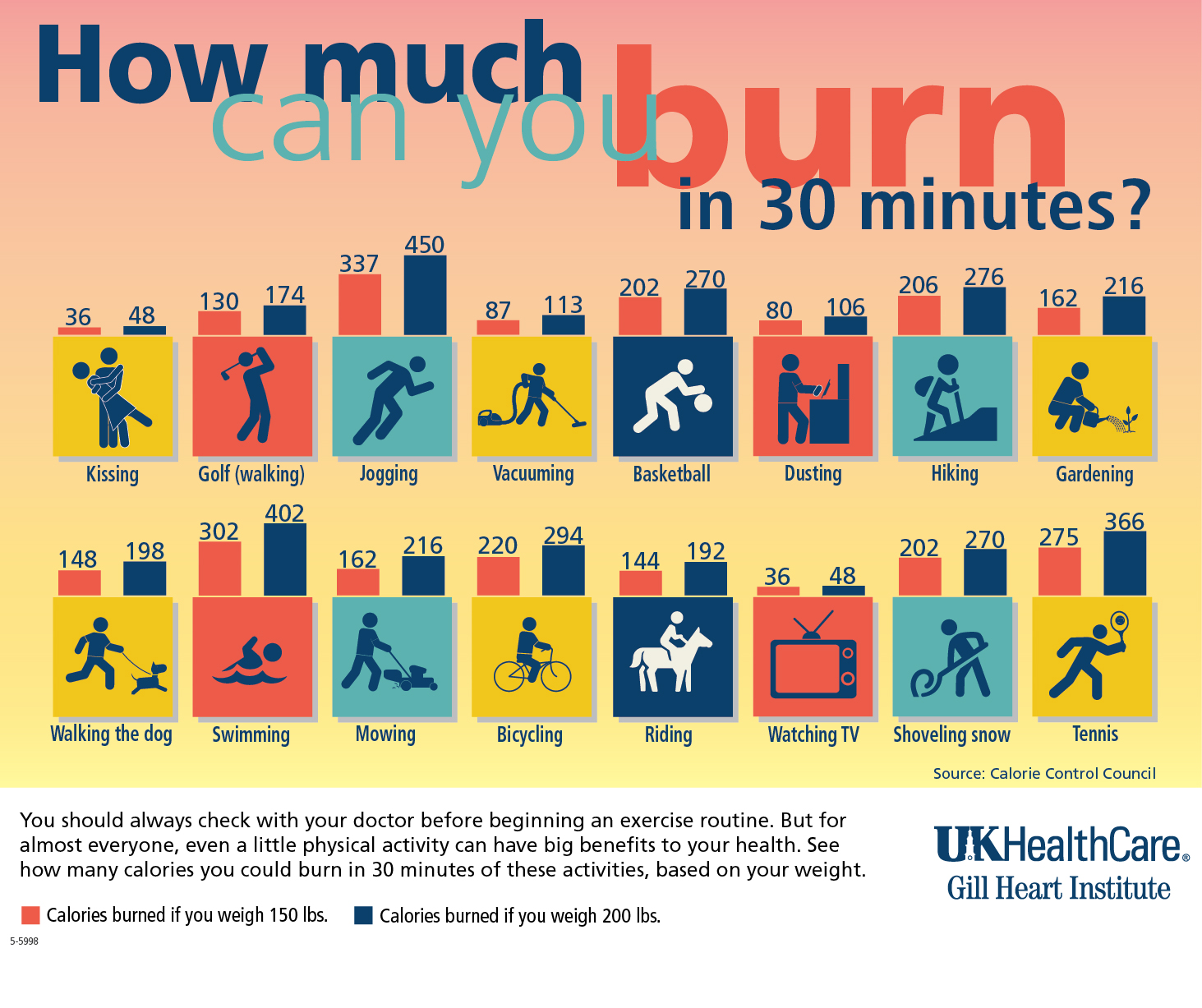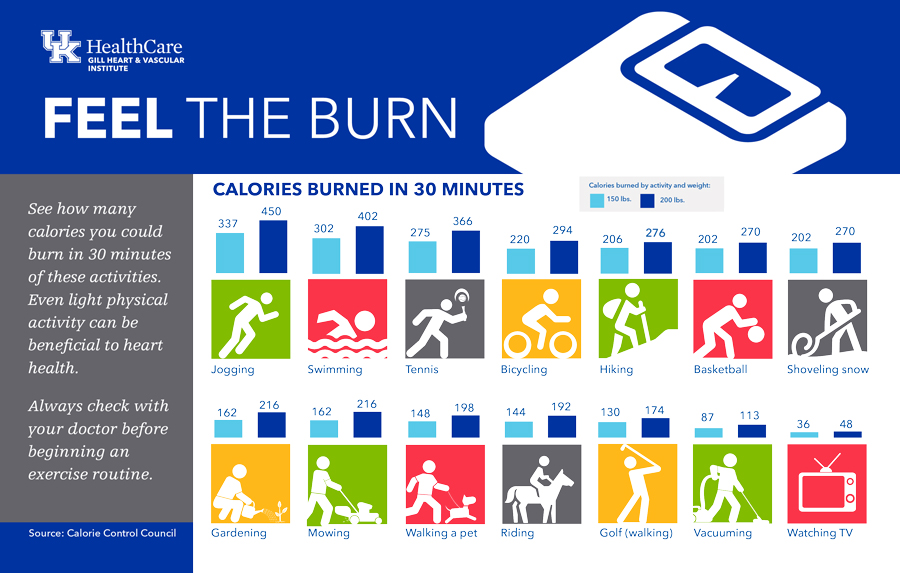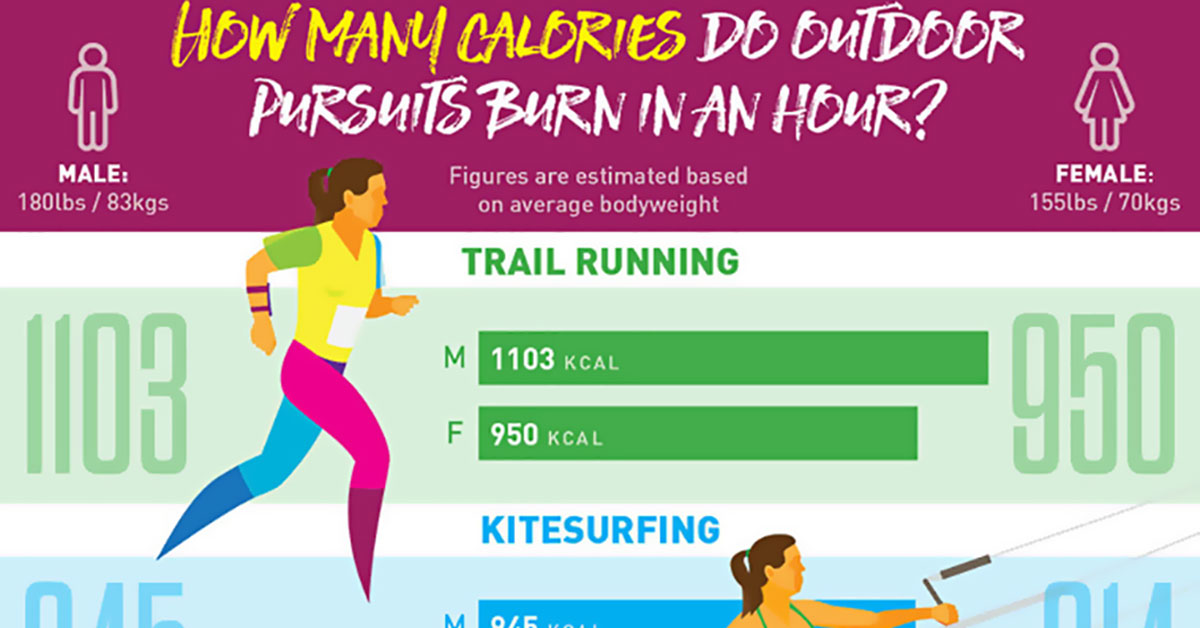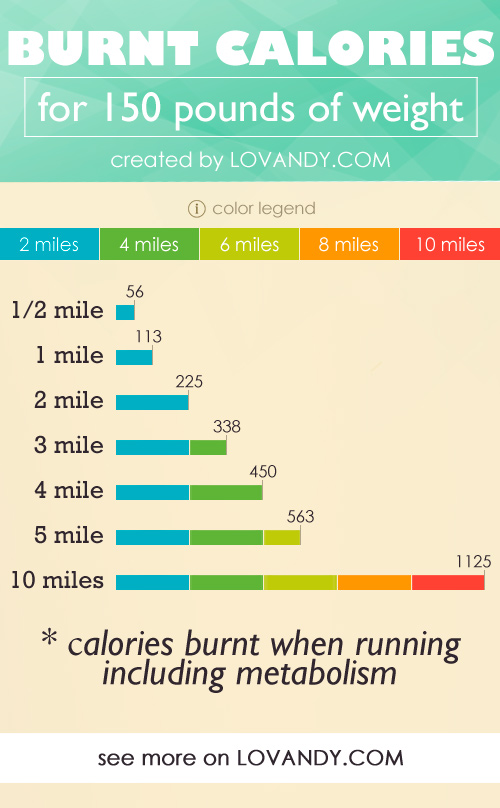The Significance of Calculating Caloric Burn from Running
Running is a popular form of exercise that offers numerous health benefits, including improved cardiovascular fitness, increased muscle strength, and enhanced mental well-being. One crucial aspect of running is understanding how many calories are burned during a running session, particularly when running a specific distance such as 3 miles. Caloric expenditure is a key factor in weight management, fitness improvement, and overall health. By estimating the number of calories burned during a 3-mile run, individuals can make informed decisions about their exercise routine, dietary intake, and energy balance.
Factors Influencing Caloric Burn in Running
Caloric expenditure during a 3-mile run is influenced by several factors, each of which can impact the total number of calories burned. These factors include body weight, running speed, running terrain, and running efficiency. By understanding these factors, runners can make informed decisions about their exercise routine and optimize their caloric burn.
Body Weight: A person’s body weight is one of the most significant factors affecting caloric burn during a run. Generally, the heavier a person is, the more calories they will burn while running. This is because a heavier body requires more energy to move, resulting in a higher caloric expenditure. However, it is important to note that body weight is not the only factor that determines caloric burn, and a heavier person may not necessarily burn more calories than a lighter person if they run at different speeds or terrains.
Running Speed: Running speed is another critical factor that affects caloric burn. The faster a person runs, the more calories they will burn, as running at a faster pace requires more energy output. However, running at a faster pace may also increase the risk of injury, so it is essential to balance speed with safety and proper running form.
Running Terrain: The terrain on which a person runs can also impact caloric burn. Running uphill or on uneven surfaces can increase caloric expenditure, as these terrains require more effort and energy to navigate. In contrast, running on flat or downhill surfaces may result in fewer calories burned, as the body does not need to work as hard to maintain its pace.
Running Efficiency: Running efficiency, or the ability to use energy efficiently during a run, can also affect caloric burn. Runners with a higher level of running efficiency can maintain their pace while using less energy, resulting in fewer calories burned. Improving running efficiency can be achieved through proper running form, strength training, and flexibility exercises.
How to Estimate Caloric Burn for Running 3 Miles
Estimating the number of calories burned during a 3-mile run can help runners track their progress, set goals, and make informed decisions about their exercise routine. There are several methods to estimate caloric burn, including online calculators, wearable fitness devices, and smartphone apps. Here is a step-by-step guide on how to estimate caloric burn for running 3 miles:
- Use an Online Calculator: There are numerous online calculators that can estimate caloric burn based on various factors such as body weight, age, gender, and running speed. To use an online calculator, simply input your personal information and running distance to get an estimate of your caloric burn.
- Wear a Fitness Tracker: Wearable fitness devices, such as smartwatches or fitness trackers, can estimate caloric burn in real-time during a run. These devices use sensors to track movement, heart rate, and other factors to provide an estimate of caloric burn. To estimate caloric burn for a 3-mile run, simply wear the device during the run and check the estimated caloric burn afterwards.
- Use a Smartphone App: Smartphone apps can also estimate caloric burn during a run. These apps use the phone’s GPS and motion sensors to track movement and provide an estimate of caloric burn. To estimate caloric burn for a 3-mile run, simply start the app before the run and check the estimated caloric burn afterwards.
It is important to note that estimates of caloric burn may vary between different methods and devices. Therefore, it is recommended to use the same method or device consistently to track progress over time. Additionally, estimates of caloric burn should be used as a general guide and not as a precise measure of energy expenditure.
Comparing Caloric Burn Across Different Running Distances
Caloric burn during running can vary depending on the distance covered. Comparing the number of calories burned in a 3-mile run to other common running distances, such as 1 mile, 5 miles, and 10 miles, can help runners understand how caloric burn changes with distance. Here is a comparison of caloric burn for different running distances:
- 1 Mile: A 1-mile run typically burns between 100 to 120 calories, depending on factors such as body weight and running speed. Compared to a 3-mile run, a 1-mile run burns fewer calories but can still be an effective way to fit in a quick workout or warm-up.
- 5 Miles: A 5-mile run typically burns between 400 to 600 calories, depending on the same factors as a 1-mile run. Compared to a 3-mile run, a 5-mile run burns more calories and can be an effective way to challenge oneself and build endurance.
- 10 Miles: A 10-mile run typically burns between 800 to 1,200 calories, depending on the same factors as a 1-mile run. Compared to a 3-mile run, a 10-mile run burns significantly more calories and is a challenging distance for experienced runners looking to push themselves.
It is important to note that caloric burn estimates may vary between different methods and devices. Therefore, it is recommended to use the same method or device consistently to track progress over time. Additionally, estimates of caloric burn should be used as a general guide and not as a precise measure of energy expenditure.
Caloric Burn in Running vs. Other Forms of Exercise
Running is a popular form of exercise that can help individuals achieve their fitness goals and maintain a healthy weight. However, it is important to consider the caloric burn of other forms of exercise when creating a well-rounded fitness routine. Here is a comparison of caloric burn in running to other forms of exercise:
- Walking: Walking is a low-impact form of exercise that can still provide significant health benefits. A 3-mile walk typically burns between 200 to 300 calories, depending on factors such as walking speed and body weight. Compared to running, walking burns fewer calories but can still be an effective way to incorporate exercise into one’s daily routine.
- Cycling: Cycling is a popular form of cardio exercise that can be done both indoors and outdoors. A 3-mile bike ride typically burns between 150 to 250 calories, depending on factors such as resistance and body weight. Compared to running, cycling burns fewer calories but can be a lower-impact option for those with joint pain or injuries.
- Swimming: Swimming is a full-body workout that can improve cardiovascular health and muscle strength. A 3-mile swim typically burns between 400 to 600 calories, depending on factors such as swimming style and intensity. Compared to running, swimming burns a similar number of calories but provides a full-body workout and is a low-impact option.
- Weightlifting: Weightlifting is a form of resistance training that can build muscle mass and improve strength. A 3-mile weightlifting session typically burns between 150 to 300 calories, depending on factors such as intensity and volume. Compared to running, weightlifting burns fewer calories but can increase muscle mass and metabolism in the long term.
It is important to note that caloric burn estimates may vary between different methods and devices. Therefore, it is recommended to use the same method or device consistently to track progress over time. Additionally, estimates of caloric burn should be used as a general guide and not as a precise measure of energy expenditure. When creating a fitness routine, it is recommended to incorporate a variety of exercises to achieve overall health and wellness goals.
Strategies to Increase Caloric Burn in Running
Running is an effective way to burn calories and improve cardiovascular health. However, incorporating evidence-based strategies can further boost caloric burn during a 3-mile run. Here are several strategies to consider:
- Interval Training: Interval training involves alternating between high-intensity and low-intensity intervals during a run. This type of training can increase caloric burn and improve cardiovascular fitness. For example, try alternating between running at a moderate pace for 1 minute and sprinting for 30 seconds, repeating for the duration of the 3-mile run.
- Hill Repeats: Running uphill can increase caloric burn and improve lower body strength. Try incorporating hill repeats into a 3-mile run by finding a hill with a moderate incline and running up it at a challenging pace, followed by jogging or walking back down as recovery. Repeat this process for several intervals during the run.
- Resistance Exercises: Incorporating resistance exercises, such as lunges or squats, during a 3-mile run can increase caloric burn and improve muscle strength. For example, try stopping every half mile to perform a set of lunges or squats before continuing the run.
- Fartlek Training: Fartlek training involves alternating between different speeds and intensities during a run, without a set pattern or structure. This type of training can increase caloric burn and improve cardiovascular fitness. For example, try alternating between running at a moderate pace, sprinting, and jogging during a 3-mile run.
It is important to note that individual caloric burn can vary based on factors such as body weight, running speed, and running terrain. Therefore, it is recommended to use caloric burn estimates as a general guide and not as a precise measure of energy expenditure. When incorporating these strategies, it is important to listen to one’s body and adjust the intensity and duration of the run as needed. Additionally, it is recommended to consult with a healthcare professional before starting any new exercise routine.
Misconceptions and Myths about Caloric Burn in Running
When it comes to caloric burn in running, there are several misconceptions and myths that can lead to misunderstandings and misinformation. Here are some common myths and the truth behind them:
- “Fat-Burning Zone” Myth: The “fat-burning zone” is a popular term used to describe a specific heart rate range where the body supposedly burns more fat as fuel. However, this concept is misleading, as the body burns a combination of fat and carbohydrates during exercise, regardless of intensity. While it is true that the body may burn a higher percentage of fat at lower intensities, the overall caloric burn is typically higher at higher intensities. Therefore, running at a faster pace during a 3-mile run can lead to a greater caloric burn, even if a smaller percentage of that burn comes from fat.
- “Afterburn Effect” Myth: The “afterburn effect,” also known as excess post-exercise oxygen consumption (EPOC), refers to the increased oxygen consumption and caloric burn that occurs after intense exercise. While it is true that high-intensity exercise can lead to an increased afterburn effect, the overall caloric burn from this effect is typically small and short-lived. Therefore, relying on the afterburn effect as a primary strategy for caloric burn during a 3-mile run may not be effective.
- “More is Better” Myth: The “more is better” myth suggests that longer or more frequent runs will lead to greater caloric burn and weight loss. However, this approach can lead to overtraining, injury, and burnout. Instead, it is recommended to focus on the quality and intensity of the run, rather than the quantity. Incorporating evidence-based strategies, such as interval training and hill repeats, can further boost caloric burn during a 3-mile run, without requiring excessive time or distance.
By understanding the truth behind these common misconceptions and myths, runners can make informed decisions about their exercise routine and caloric burn goals. It is important to remember that individual caloric burn can vary based on factors such as body weight, running speed, and running terrain. Therefore, it is recommended to use caloric burn estimates as a general guide and not as a precise measure of energy expenditure. When incorporating these strategies, it is important to listen to one’s body and adjust the intensity and duration of the run as needed. Additionally, it is recommended to consult with a healthcare professional before starting any new exercise routine.
Individual Variation in Caloric Burn for Running 3 Miles
When it comes to caloric burn in running, it is important to acknowledge the individual variation that exists between runners. Factors such as body weight, running speed, and running terrain can all impact the number of calories burned during a 3-mile run. Therefore, it is essential to understand how these factors can affect caloric burn and how to accurately estimate one’s own caloric expenditure.
- Body Weight: Body weight is one of the most significant factors that can impact caloric burn during a 3-mile run. Generally, the heavier a person is, the more calories they will burn while running. However, it is important to note that this relationship is not linear, and other factors, such as running speed and terrain, can also impact caloric burn.
- Running Speed: Running speed is another important factor that can impact caloric burn during a 3-mile run. The faster a person runs, the more calories they will burn, as running at a faster pace requires more energy output. However, it is important to find a balance between speed and sustainability, as running too fast can lead to injury or burnout.
- Running Terrain: Running terrain can also impact caloric burn during a 3-mile run. Running uphill or on uneven terrain can increase caloric burn, as these conditions require more energy output. However, it is important to consider the potential risks and challenges associated with running on challenging terrain, as these conditions can also increase the risk of injury.
To accurately estimate caloric burn during a 3-mile run, it is recommended to use online calculators, wearable fitness devices, or smartphone apps that take into account individual factors such as body weight, running speed, and running terrain. However, it is important to remember that these estimates are not always 100% accurate and that individual variation can still occur. Therefore, it is recommended to engage in self-monitoring, self-experimentation, and self-reflection to track one’s own caloric expenditure and progress.
Self-monitoring can involve tracking one’s own running distance, time, and intensity using a fitness tracker or smartphone app. Self-experimentation can involve trying different running speeds, terrains, or strategies to see how they impact caloric burn. Self-reflection can involve analyzing one’s own progress over time and making adjustments to one’s exercise routine as needed. By incorporating these practices, runners can gain a better understanding of their own caloric burn and make informed decisions about their exercise routine and weight management goals.



:max_bytes(150000):strip_icc()/how-many-calories-do-i-burn-every-day-3495464-final-dc03506ae07344f5a7ebeb4d3da0d90d.jpg)





